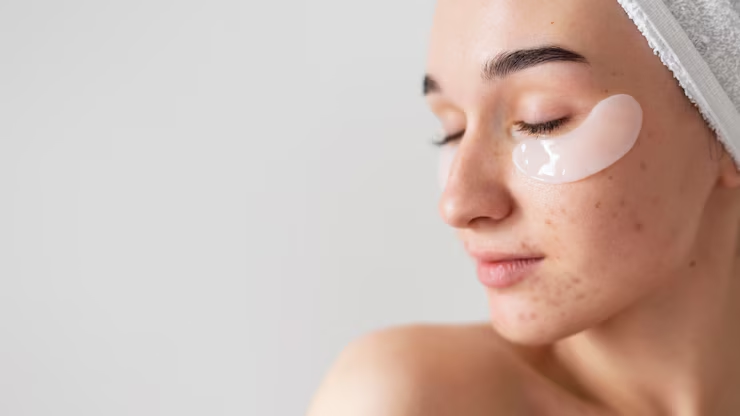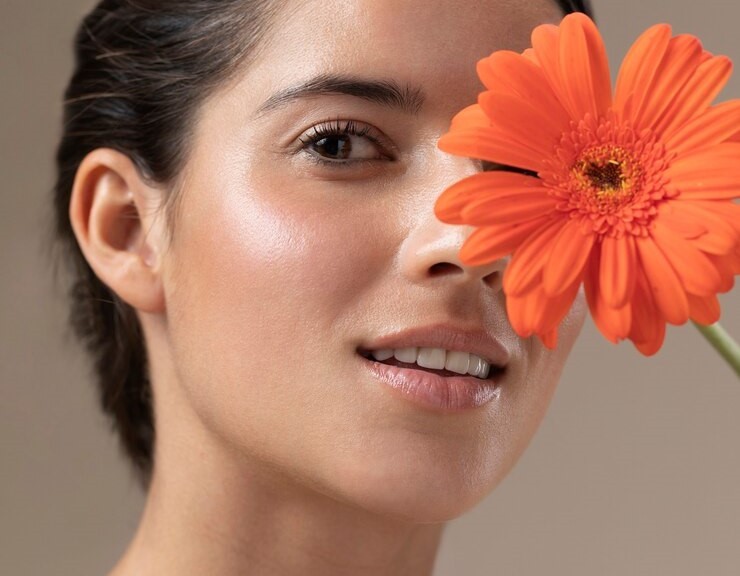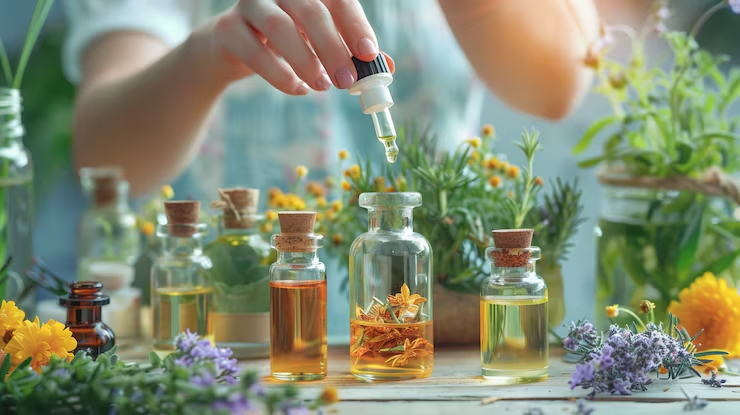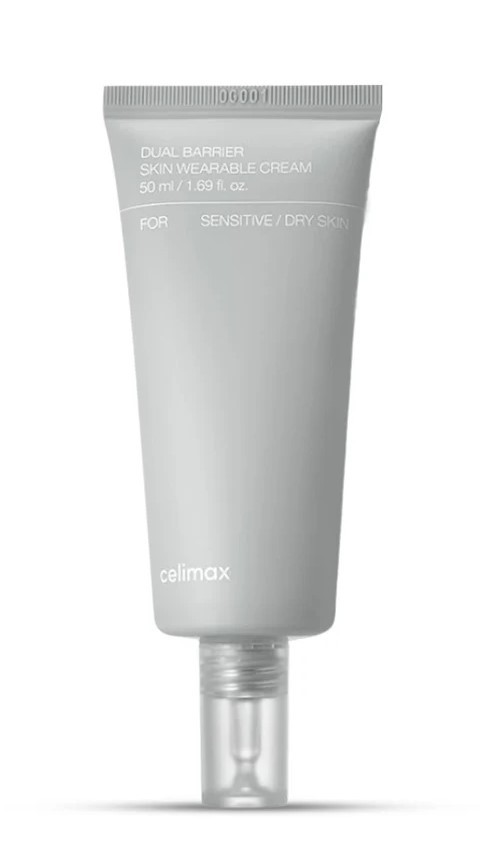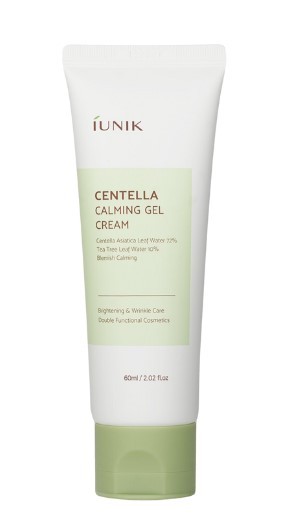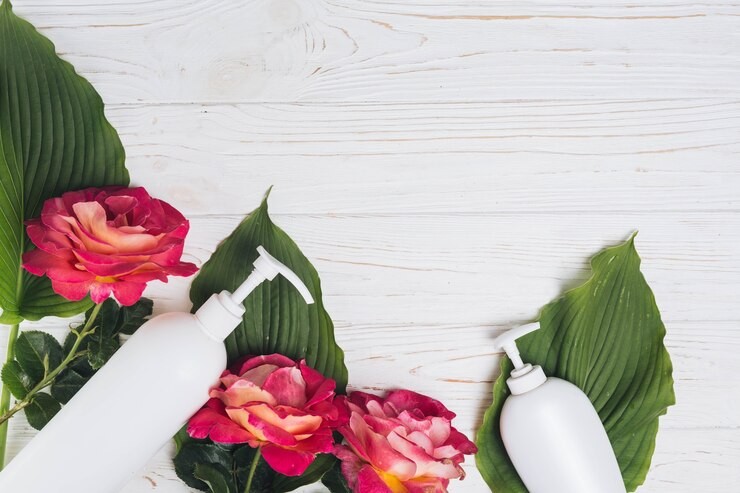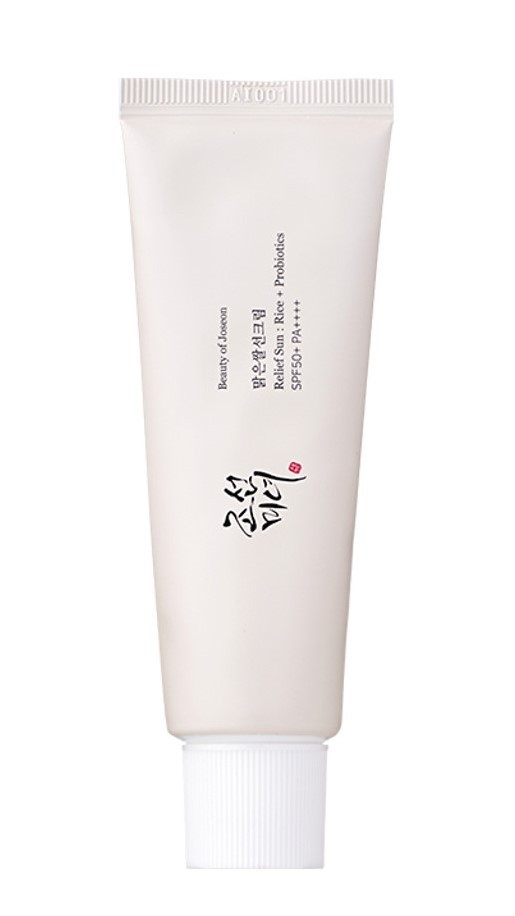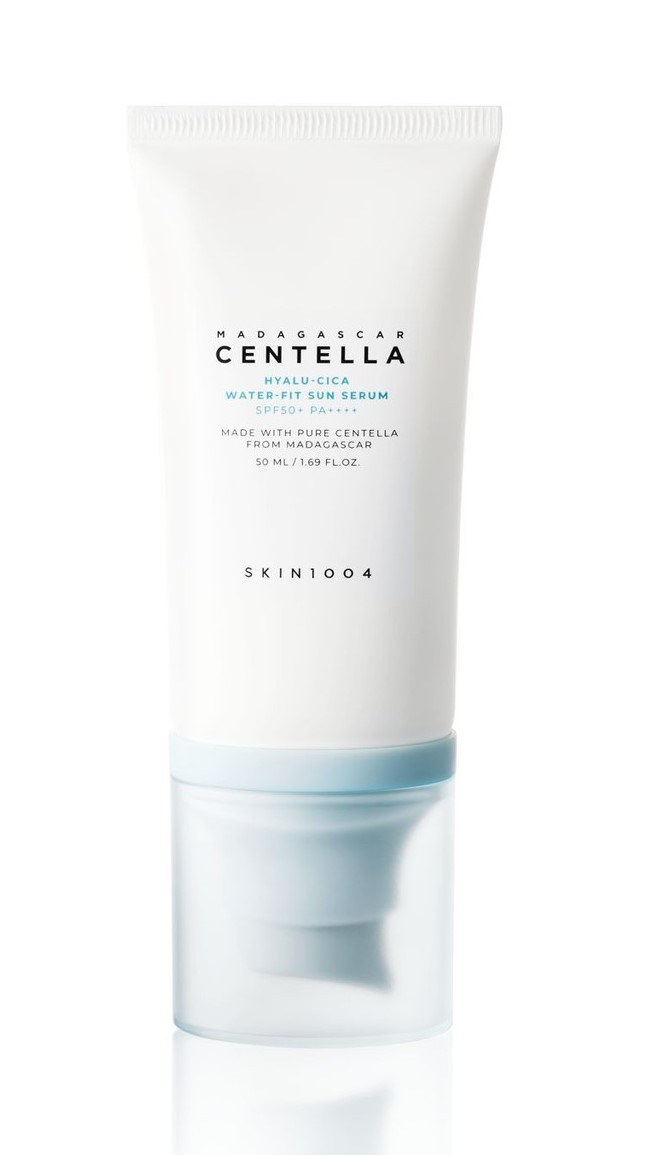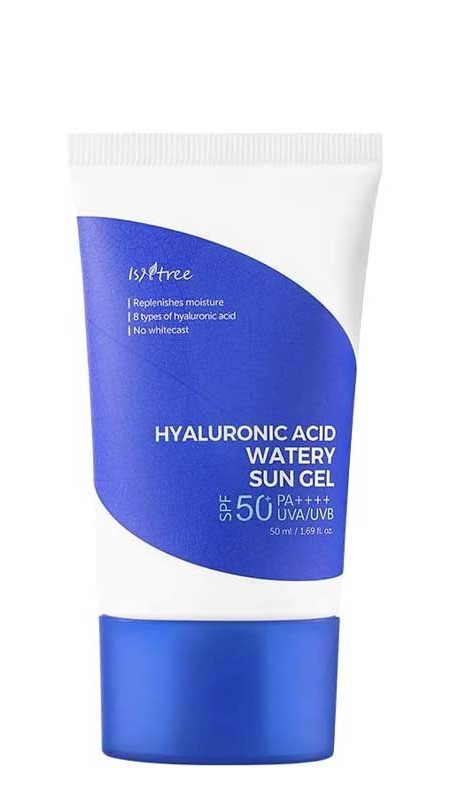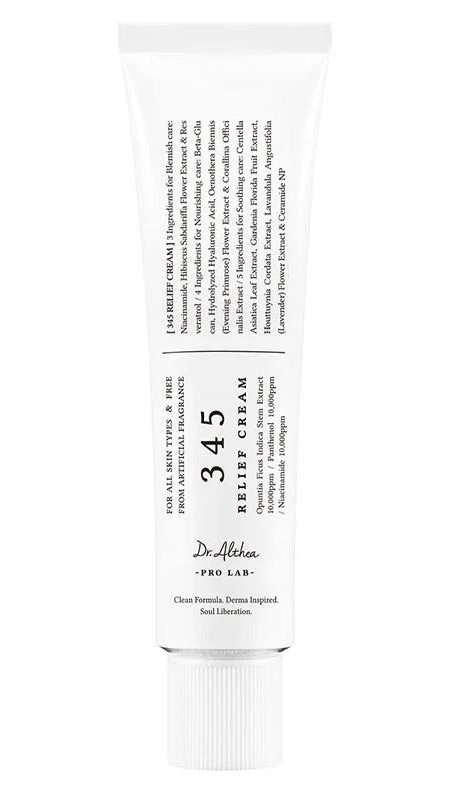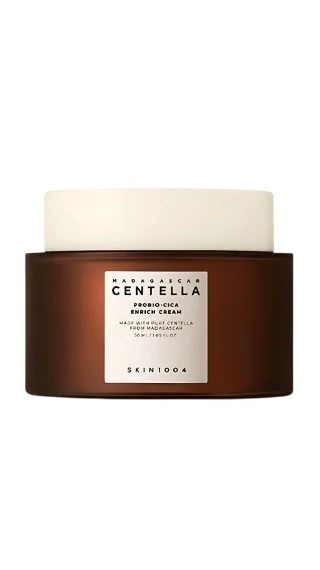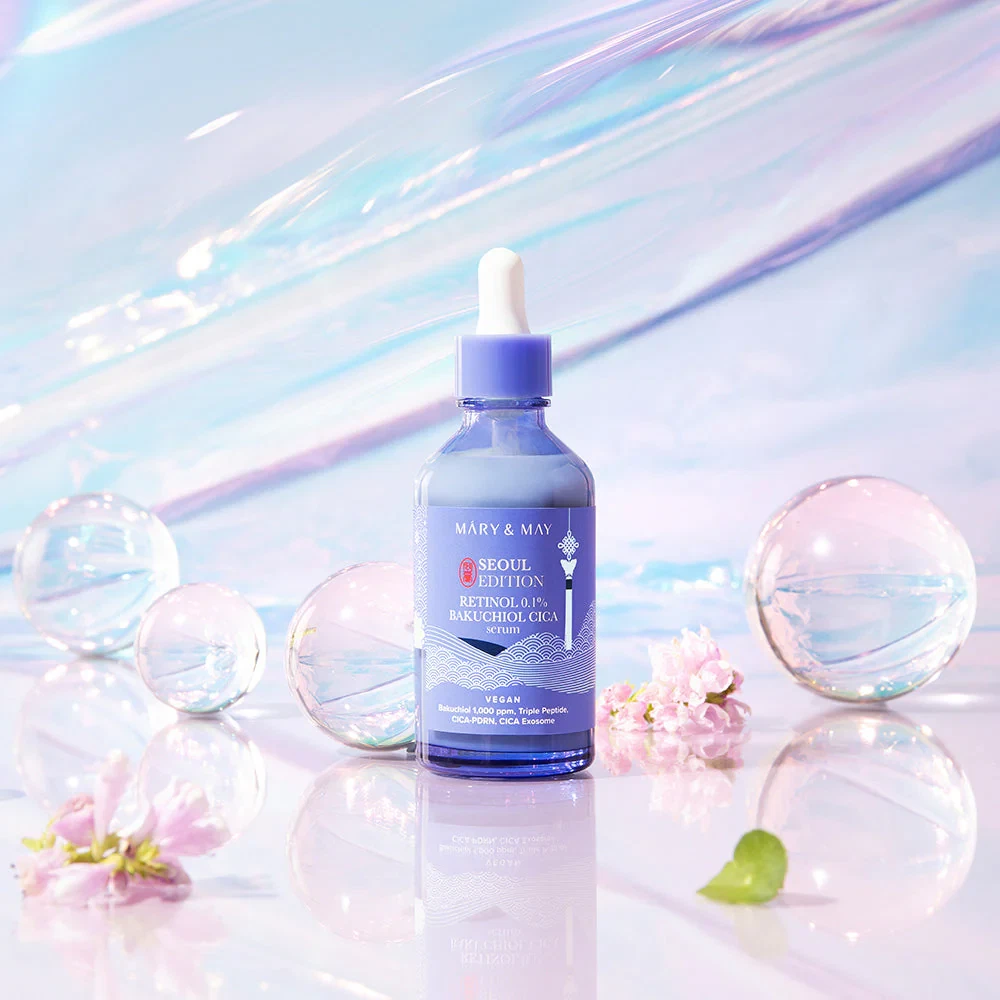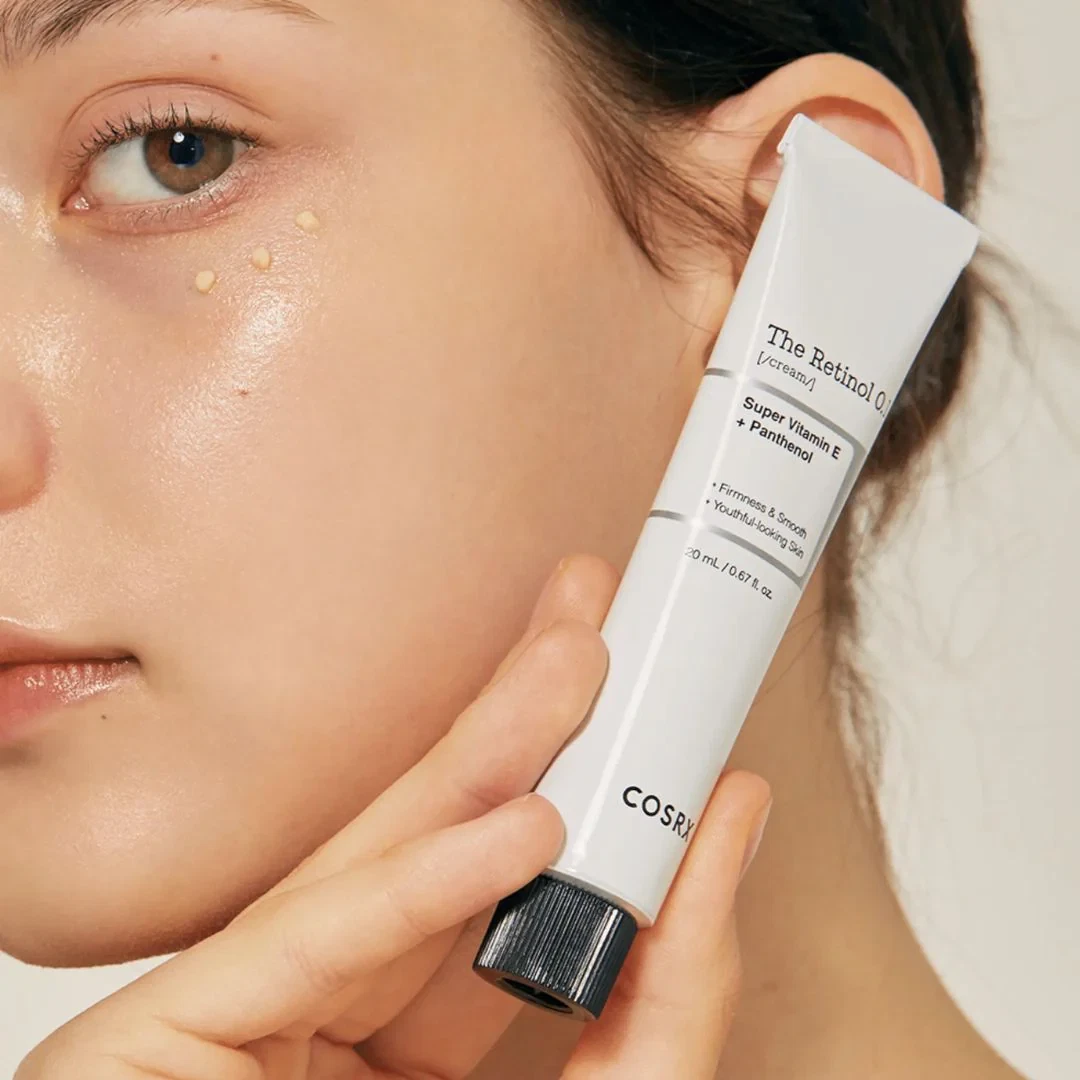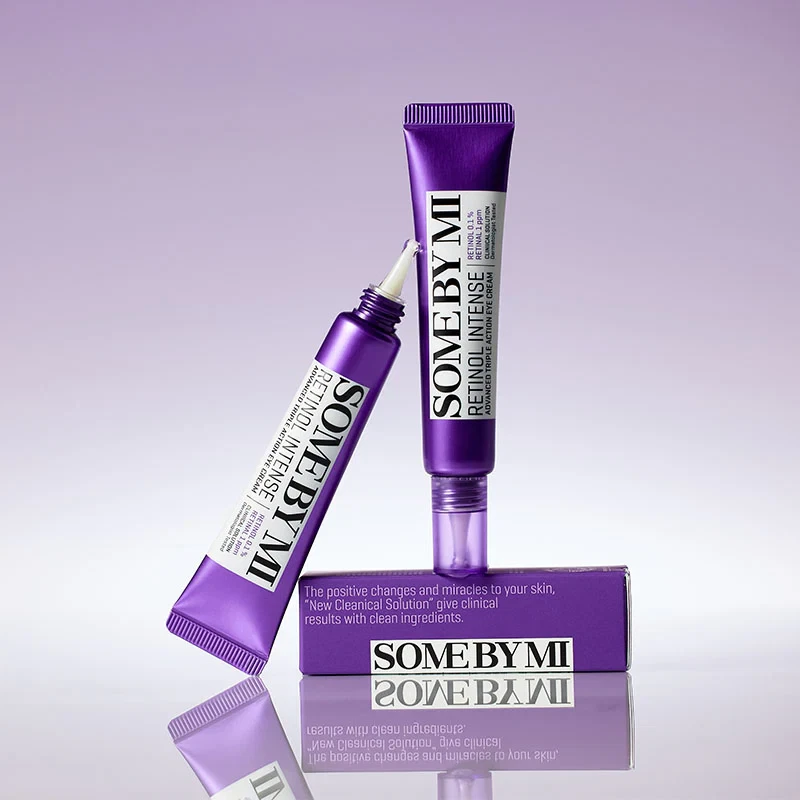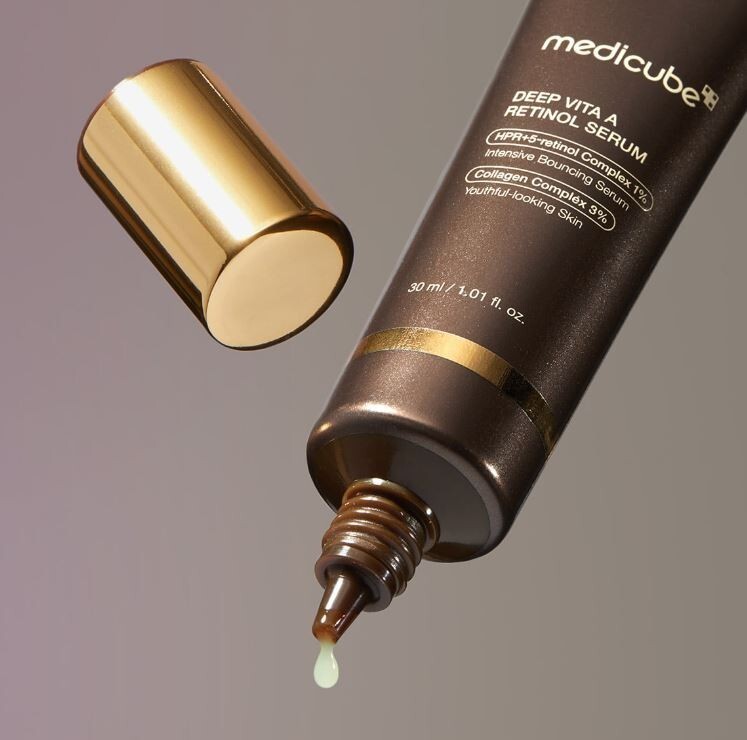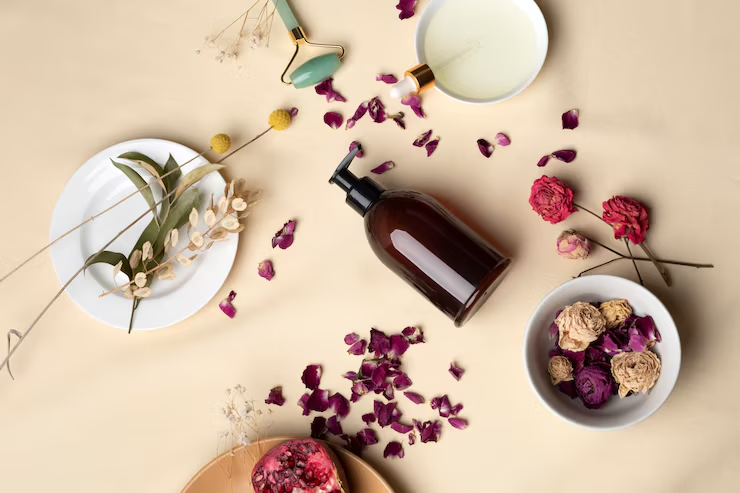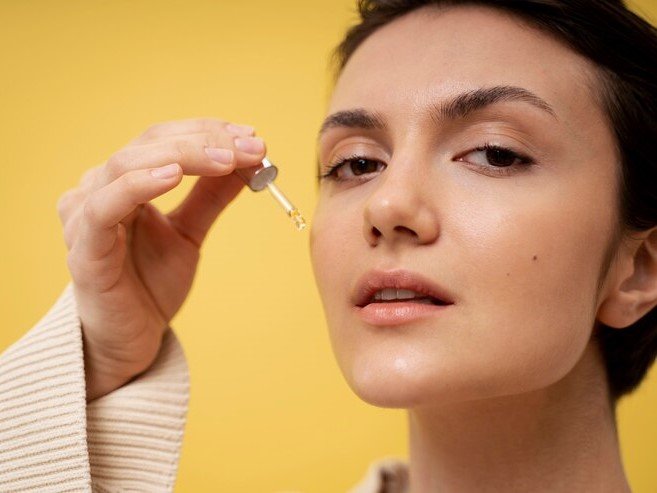
How to Harness Retinol – Avoid the Burn and Replenish Your Glow
What is Retinol and How Do You Use It?
In the early 2000s, retinoids emerged in dermatology as the holy grail for skin renewal. Aging of the skin occurs due to repeated exposure to our environment, exposure to UV radiation, pollutants in the air and chemicals around us. All this works to create threatening particles in our cells that can cause pinpoint DNA damage. This is where retinols come in handy. They absorb into cells to control cell growth and immune response. This has had a range of wonderful effects on skincare and has become an important tool in treating skin.
Retinol Effect on Acne
Retinol (in the form of tretinoin) is most often used in the treatment of acne. This is due to its ability to modify and regenerate the surface of the skin. It strengthens the outer skin barrier, protects collagen and reduces water loss of the skin. Importantly, in acne, it inhibits the enzymes that break fats down into sebum and limit shedding of cells inside your pores. This means, it reduces extra oiliness and prevents dead skin cells from clogging pores and forming angry acne spots.
This means low level retinol can prevent acne from forming, reduces inflammatory processes and reduces redness on the face.
Retinol Effect on Aging
Retinol helps remodel skin, protect collagen and improve cell proliferation to create fuller, plumper skin. Vitamin A is vital in embryogenesis (the growing of a baby) and takes control of growth and repair in different parts of the body. When applied to the skin (and allowed to absorb deeply into the epidermis) it softens cells, reduces pigment formation and remodels deeper wrinkle lines. This remodeling, along with protection of collagen, promotes plump, smooth skin and also settles into cells to prevent further aging. This leaves skin brighter, smoother and reduces wrinkle appearance – making it a beloved item in aging skincare.
What Dose of Retinol Should I Use?
So if retinol is so good, then why aren’t we all using it all the time? We aren’t we swimming in the stuff? Well, if you’ve heard of retinol – you probably know two things. One, we always use it cosmetically in a rather low dose and two, it’s incredibly irritating to the skin. This has been a struggle for dermatologists, as although they have wonderful benefits in skincare, the side effects often stop people from being able to use it.
The maximum dose that is safe in general, over-the-counter, cosmetic use is 0.1-0.3%. This is because higher doses are more likely to trigger side effects [i.e. dryness, redness, peeling, increased sun sensitivity]. And if something causes your skin to flake, turn bright red and feel damaged – of course, majority of people will stop using it!
How to Use Retinol Safely
If you have sensitive or dry skin – you are more likely to have a reaction to retinol use. It’s important to ensure you have great hydrating products on hand that your skin knows and trusts (i.e. serums, moisturizers). Also, it’s important to have a trusted sunscreen – that you can apply every morning after retinol use (as retinol increases cell renewal and thins older, drier skin cells – meaning without a good protection, UV radiation hits all your new, youthful skin cells!).
Step 1: Hydrate
During your evening skincare routine, ensure you use a hydrating serum or moisturizer (after usual cleansing, toning steps). It’s important to create a thin, protective layer across skin, that helps lock in moisture and wait until it absorbs fully.
Great products to provide ongoing hydration with retinol use are:
1. Cosrx Advance Snail 96 Mucin Power Essence
[Ideal for Normal/Combination Skin]
2. Celimax Dual Barrier Skin Wearable Cream 50ml
[Ideal for Dry/Sensitive Skin]
3. IUNIK Centella Calming Gel Cream 60ml
[Ideal for Oily/Acne-prone skin]
Step 2: Low Dose, Good Coverage
After moisturizing, ensure you’ve picked out a low-dose retinol product. Majority of products come in 0.1% - this is fine to start with, but it still has a good potential to be irritating so start small. Measure out a small dot on your pinky finger, about half a pea. Gently dab this about your face, being careful to avoid your under-eye and eyelid (as these are more sensitive than the rest of your face). Use your fingertips to gently massage in retinol.
Step 3: More Hydration
After your retinol absorbs, follow up with more moisturizer to seal everything in. This is the best method to reduce redness, ensure your top layer of skin is being treated and deeply hydrated – to form healthy, plump and happy skin.
Step 4: Sun Safety
The morning after using retinol, ensure you finish your morning routine with a good dose of sunscreen. It’s important to make sure its SPF+50 (nothing else quite matches Australian UV) and PA ++++, for full range protection of your new skin. You should re-apply every few hours.
Our favourite full-protection sunscreens are:
1. Beauty of Joseon Relief Sun: Rice + Probiotics
[Ideal for Normal/Combination skin]
2. Skin1004 Madagascar Centella Hyalu-Cica Water-Fit Sun Serum 50ml
[Ideal for Dry skin]
3. Isntree Hyaluronic Acid Watery Sun Gel 50ml
[Ideal for Oily/Acne-Prone Skin]
Step 5: Stepping It Up
You should test your retinol use 1-2 times a week and check your skin after your fourth use. If there is no redness, drying or irritation – you can increase the amount slightly to pea-size. You can also expand a tiny amount to your under-eye (being very careful!) to help combat fine lines in this area.
If you are using retinol to treat acne, you can advance to a higher dose with time – just keep in mind it will cause irritation and redness. Make sure you have an acne-friendly and soothing cream to top your hydration levels up afterwards.
Our favourites for a soothing, repairing moisturizer that can follow retinol use is Dr Althea 345 Barrier Cream and Skin1004 Madagascar Centella Probio-Cica Enrich Cream – both of which are designed to help bring your skin biome to a healthy equilibrium.
Top 5 Retinol Products in K-Beauty - And How Best to Use Them
5. Mary and May – Retinol 0.1% Bakuchiol Cica Serum 80ml
Retinol – 0.1%
Purpose: Anti-aging and Skin Healing (Great for Sensitive and Acne-Prone skin)
If you are looking to introduce an incredibly gentle retinol serum to your regime – this serum is great for gently soothing fine lines, redness and giving a good retinol effect that is safe for sensitive skin. It is fragrance free, lightweight and also contains plant-based bakuchiol (which gives a similar effect to retinol but is more gentle). Mixing retinol with centella extract helps calm irritation that can come with retinol use – which allows this serum to boost benefits with limited side effects (although you still need to build up tolerance!)
4. Cosrx The Retinol 0.1 Cream 20ml
Retinol - 0.1%
Purpose: Careful delivery of retinol to skin, along with hydrating ceramides to provide refresh of skin cells with limited irritation.
This is the ultimate beginner’s guide to retinol. Cosrx provides a no-nonsense, soothing and hydrating cream that helps retinol’s benefits shine, whilst providing hydration with ceramides and centella extract. It is lightweight, soothing and helps reduce fine lines and bring radiance in your evening routine. Be warned, it is useful to combat acne – but can lead to purging! [Read more about purging and how to avoid in our article here].
3. Some By Mi Retinol Intense Advanced Triple Action Eye Cream
Retinol – 0.1%
Purpose: Hydrating eyes, reducing dark circles and fine lines around eyes. Can be used anywhere on the face - to help fine lines and hydrate.
This eye cream is a favourite for many users for its ability to reduce fine lines and especially under-eye dark circles. It is a larger tube, lasts a really long time and is great value for money. Combined with plumping hyaluronic acid, regenerative Vitamin E and panthenol (Vitamin B5) and niacinamide (Vitamin B3) - this cream provides lasting nutrition and regeneration when applied. It can be used in other areas of the face – but remember to follow the user steps to ensure your skin builds tolerance and doesn’t burn.
2. Medicube Deep Vita A Retinol Serum
Retinol – 0.1%
Purpose: Provides entire face lift, plumping skin and refreshing look.
This serum packs a retinol punch – with retinol, retinal and bakuchiol which all act in a similar mechanism to refresh skin cells and reduce appearance of wrinkles and fine lines. Mixed with 5 different oils (including olive oil, macadamia and jojoba), this serum works hard to give the deep benefits of retinol with very limited irritation.
With additional notes of hydrolyzed collagen and sodium hyaluronate (water magnet), this serum quickly plumps and hydrates skin well and tolerates higher use than other retinol serums. The downside? Some people find the smell too over-powering, which is quite earthy and herbal. So, if you are sensitive to smell, you’ll be better off choosing a different serum.
1. Celimax Vita-A Retinal Shot Tightening Booster 15ml
Retinal – 0.1%
Purpose: Anti-aging and Skin Rejuvenation with deep wrinkles.
This boosting treatment is fairly new to the market and a favourite of ours. It contains retinal in nano liposomes, designed to pass through skin barrier easily and maximize benefits. These retinal particles are also attached to spicules (hydrolyzed sponge) that provides deep penetration of product and you can feel it tingling on your face.
It also contains brightening niacinamide, glowy Vitamin C and hydrating amino acids to provide an all-round boost to skin. In test trials, it came with a 100% satisfaction rate, likely due to the tactile feel of it working in real-time.
You can read our full review of it here - but it provided amazing results in just two weeks!
All in all, retinol is an amazing skincare tool and it provides crazy good results – but you have to use it carefully. Make sure you watch the effect on your skin, stay hydrated and stop using any product if it's damaging. With its powerful effects, we’re likely to see more retinol products, rather than less – so keep an eye out and use carefully.
FAQs - Retinol
What’s the difference between retinol, retinal and bakuchiol?
Both retinol and retinal are derivatives of Vitamin A. They essentially do the same thing, but have slightly different structures to either increase or decrease potency. For example, retin-AL is generally more powerful – but more irritating. Thus, you’re more likely to see retin-OL in soothing, gentler creams. Bakuchiol is a different molecule, but it provides similar benefits – with fewer side effects, making it great for more sensitive or easily-irritated skin.
How do I treat retinol burn?
Got too excited about your new retinol/retinal serum? We’ve all been there. It’s important to immediately take a break from any retinol or reactive products (i.e. including Vitamin C or strong exfoliants like AHA, BHA). Feel free to apply a cool towel or ice pack to the affected area, allowing the skin to cool. Follow with a good moisturizer (a light, cooling gel is ideal such as aloe vera or cica gel). It will heal within a few weeks, keep up the moisturizer as much as you can and ensure you wear sun protection.
What products should you not use with retinol?
When your skin is getting used to retinol, it’s important to avoid irritating it with too many products. If you love using Vitamin C, AHA/BHA chemical peels, strong scubs or skincare device treatments – it's important to use these on opposite days to your retinol use. Retinol thins out the outer layer of your skin (allowing fresh, baby skin cells to come to the surface), making it especially fragile and easy to damage. So it’s important to be mindful if you are starting a retinol journey to not clash with other potent treatments!






